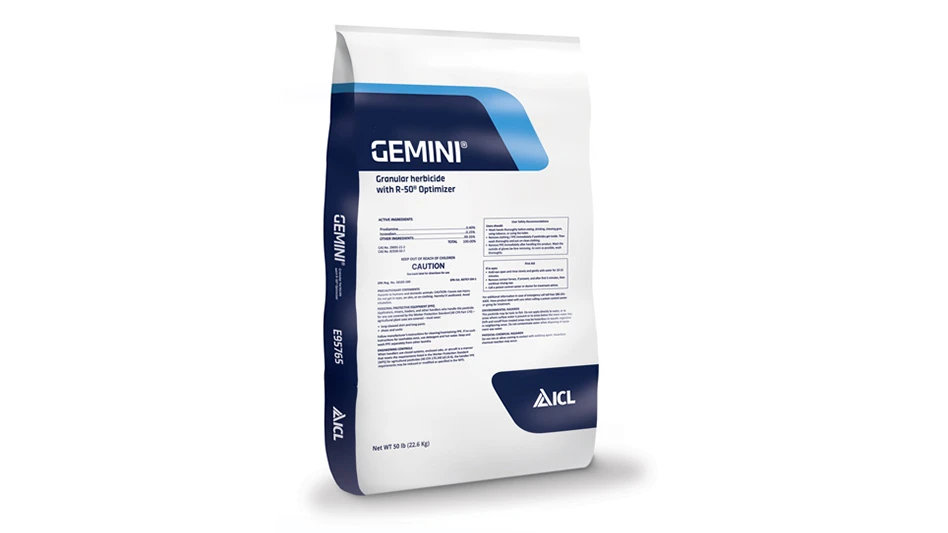 Ceanothus americanus, or New Jersey tea, is a tough-as-nails shrub that is native in Minnesota down to Texas and all points east. This species thrives in poor, nitrogen-deficient soil.
Ceanothus americanus, or New Jersey tea, is a tough-as-nails shrub that is native in Minnesota down to Texas and all points east. This species thrives in poor, nitrogen-deficient soil.
In summer, white rounded flower panicles cover this shrub, followed by clusters of small, black fruit. Flowers are fragrant and can be used as a cut flower, but you’ll miss the masses of butterflies and hummingbirds that flock to C. americanus.
The one drawback to New Jersey tea: deer will eat it.
Plants are indigenous to mesic prairies, blackland prairies, savannas, limestone glades, open upland woods, clearings, woods edges, shores and barrens.
This buckthorn family member is one of the few non-legumes that can fix nitrogen, which gives the plant an edge, especially in a disturbed site.
Why grow Ceanothus americanus?
- It’s drought tolerant and will grow well in dry conditions, once established.
- New Jersey tea is a pollinator magnet.
- In the landscape, this workhorse will bring a show of white, fragrant flowers, even in the toughest garden situation, except in a shady spot. New Jersey tea needs sun.
Specifics
Description: A low-growing, compact shrub that grows 2 to 3 feet tall and wide. Flower panicles are borne on terminal growth in summer. The flowers transform into rose-colored, three-lobed seed capsules. Gray-green leaves are oblong with an attractive rough surface and a border of tiny teeth.
Hardiness: USDA Hardiness Zones 4-8.
In the landscape: Performs best in full sun. Shade will inhibit growth and cause decline. Use in a wildlife garden, pollinator garden, a meadow, cottage gardens or in a perennial border. Plant 2 to 3 feet apart to create a low-growing, drought-tolerant native hedge.
Companion plants: Asclepias tuberosa, Echinacea purpurea, Rudbeckia hirta, Solidago speciosa and Sorghastrum nutans.
Propagation: Seeds, semi-hardwood cuttings, softwood cuttings.
Fun fact: A tea made from the root (known as red root tea) proved to be a viable substitute after expensive Indian tea was dumped overboard during the Boston Tea Party.
Sources: New Moon Nursery, Prairie Nursery, Missouri Prairie Foundation

Explore the December 2015 Issue
Check out more from this issue and find your next story to read.
Latest from Nursery Management
- March 2025 issue recap
- Gratitude as a marketing strategy
- Leading Women of Horticulture: Katie Dubow, Garden Media Group, and Aubry Field, Lizzy Blossom
- Leading Women of Horticulture: Arden Pontasch, North Creek Nurseries
- Super Charged Moon Juice from Moon Valley Nurseries now available nationally
- 2025 Proven Winners Horticulture Scholarship applications now open
- Leading Women of Horticulture: Anna Ball, Ball Hort, and Terri McEnaney, Bailey Nurseries
- Leading Women of Horticulture: Crystal Cady and Elizabeth Brentano






